India is home to a wide variety of plant species, some of these are native only to India and hold high medicinal and commercial value. With time, these trees have been threatened by human exploitation and are becoming endangered in India.
1. The Red Sanders (Red Sandalwood) is a rare species endemic to India and can only be found in the Seshachalam hills of Andhra Pradesh.
One ton of this tree’s wood fetches around ₹1-1.5 crore in the international market. The red sandalwood trees have been exploited a lot for smuggling and export and therefore it falls under the ‘endangered’ category in the International Union for Conservation of Nature’s (IUCN) Red List. You can say it is now on the brink of extinction. Reports suggest that the number of red sanders trees in Andhra Pradesh has gone down by 50% over two decades.
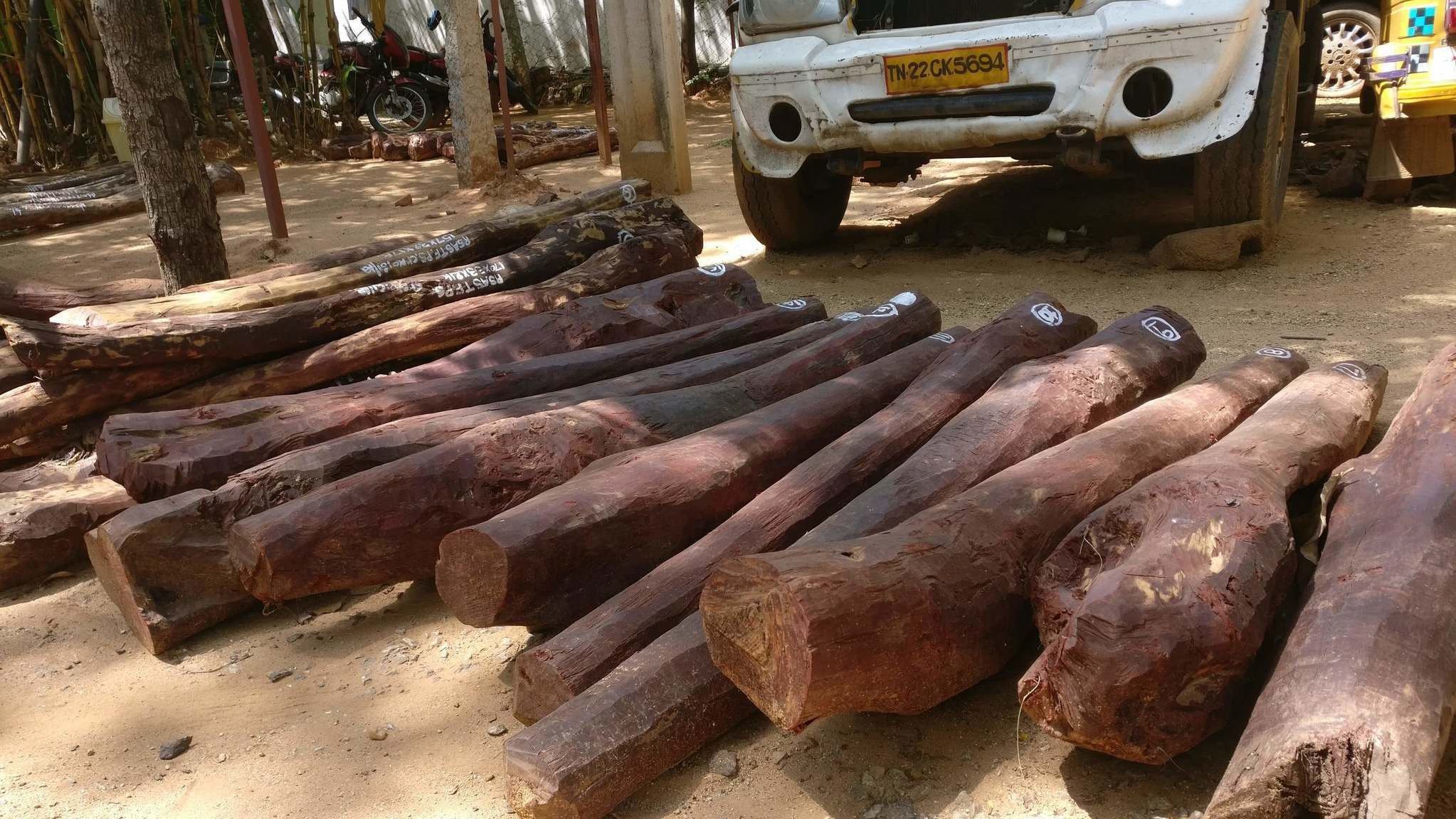
The rare tree and the illegal market for its demand in countries like China and Japan, inspired Allu Arjun’s latest movie Pushpa: The Rise.
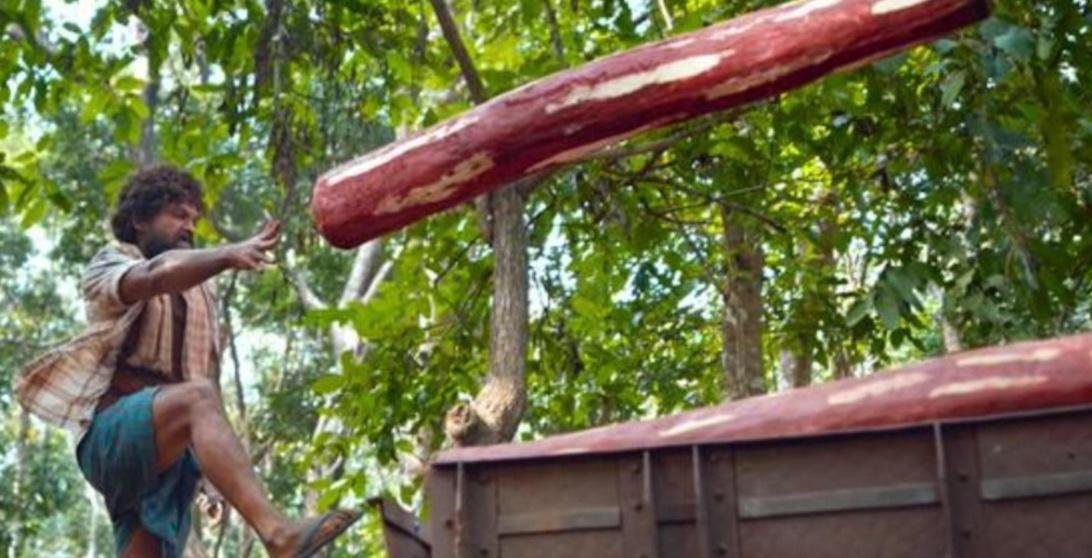
The timber from these trees is used for making musical instruments and furniture, as a colouring agent in food and medicinal preparations.
What is so special about the area that the red sandalwood grows only here? As per N Nageswara Rao, Chief Conservator of Forests for Andhra:
The soil in this region is unique. You don’t find a similar composition anywhere else, and this kind of soil is making it feasible for red sandalwood to grow in this region. For the growth of red sanders, the soil needs to have a proportionate amount of Quartz, which is adequately available in this region.

2. Tripater, scientifically known as Trillium govanianum plant is a threatened species and found only in Jammu and Kashmir.
The plant has several medicinal uses such as sexual disorders, especially infertility in men. Locals who find the plant uproot it from the soil and sell for ₹2,500-3,000 per kg. It is in great demand in Eurpoean countries and China, where it fetches as much as ₹75,000 per kg.
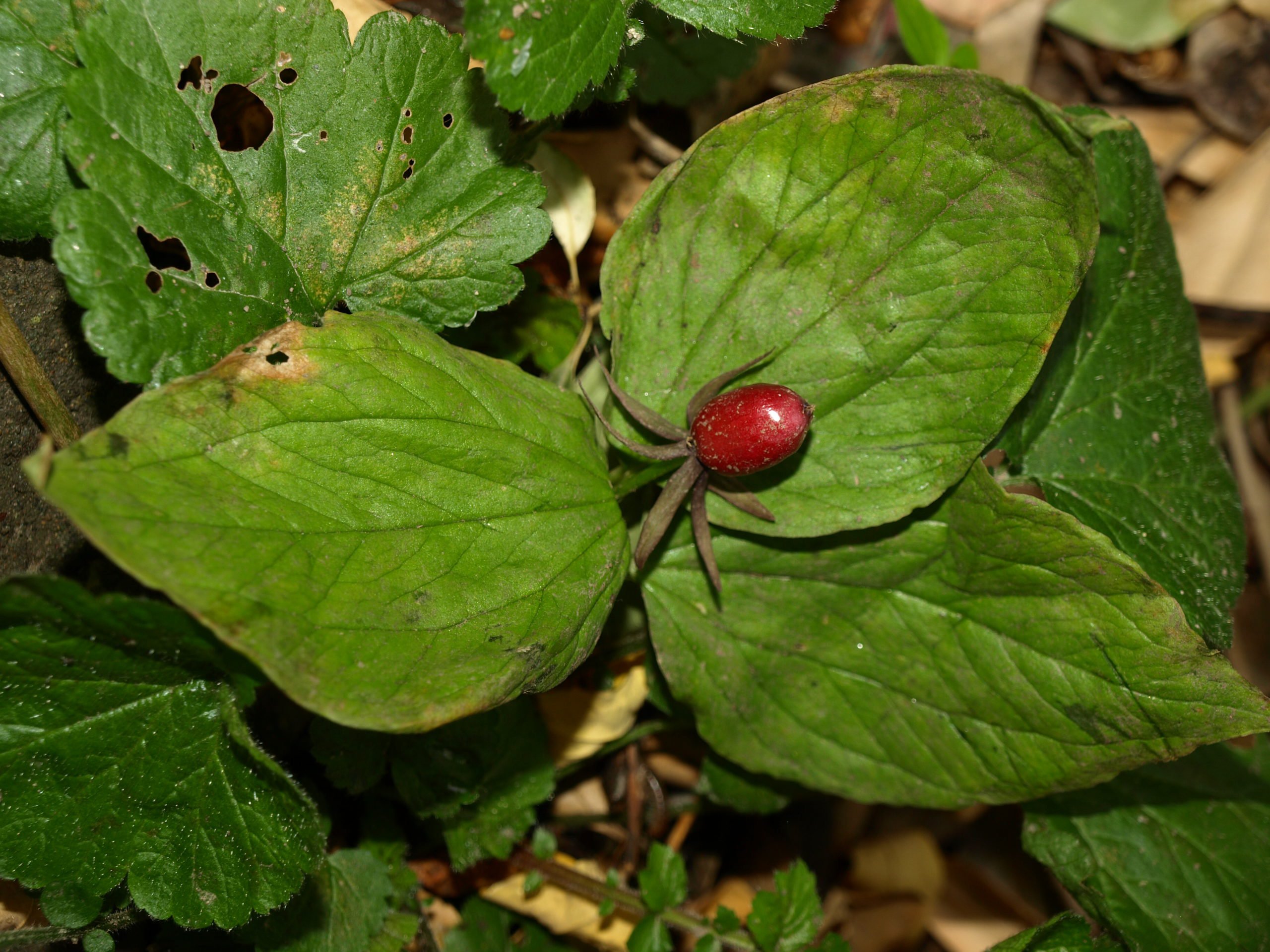
3. Indian rosewood, or what we commonly know as Sheesham, is naturally found only in India and Indonesia.
The greatest demand for rosewood is for traditional-style furniture in China. The world’s most trafficked wild product by value as well as by volume, rosewood is now listed under Appendix-II of Convention on International Trade in Endangered Species of Wild Fauna and Flora (CITES).
Sheesham is well known for producing very hard and durable wood with a long straight bore, making it highly valuable on the international market. Its bark is also used for medicinal purposes in its natural range.
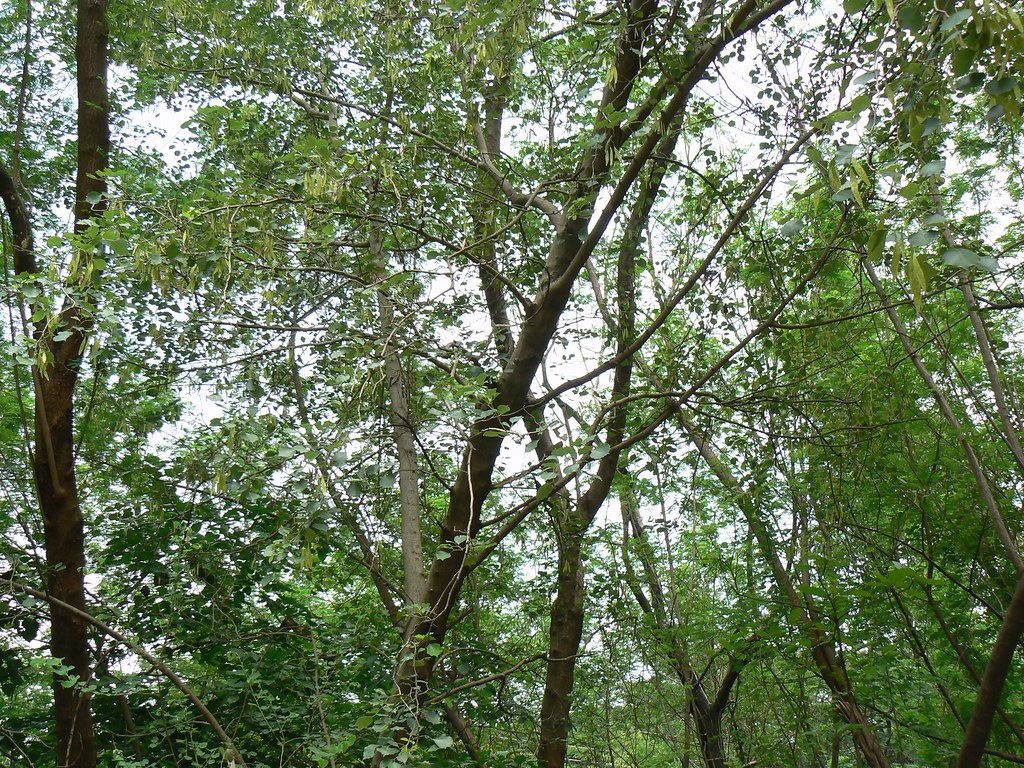
4. Ceylon Ebony is native to regions in south India and Sri Lanka.
Ebony trees are known for their high-quality wood. The bark of this tree looks jet black in appearance. The species is generally a slow-growing tree and therefore it is not able to keep up with the increasing demand in the national and international markets.
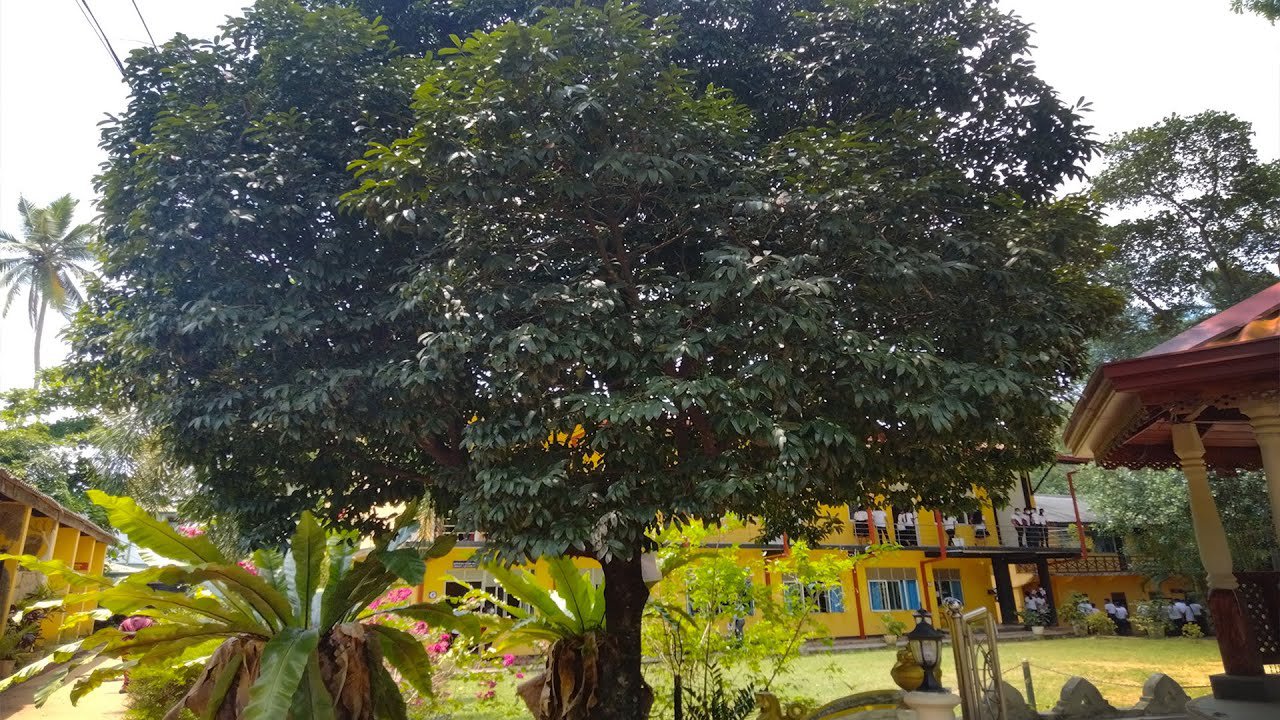
5. Assam Catkin Yew is native only to three locations in north-eastern India – Tura hills, Delei valley, and Daphla hills in Arunachal Pradesh.
Locals have exploited this species for firewood and timber trade. It is now close to extinction.
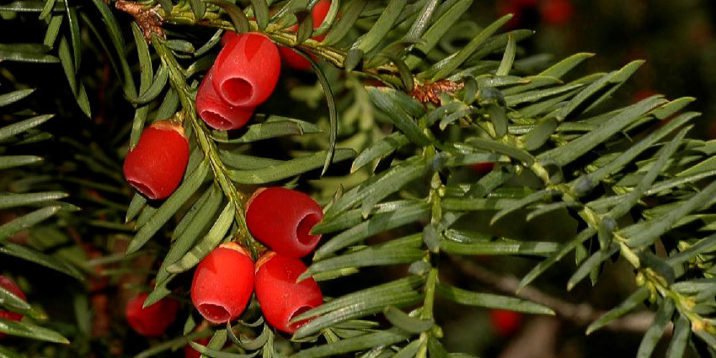
How many of these have you heard of?

















